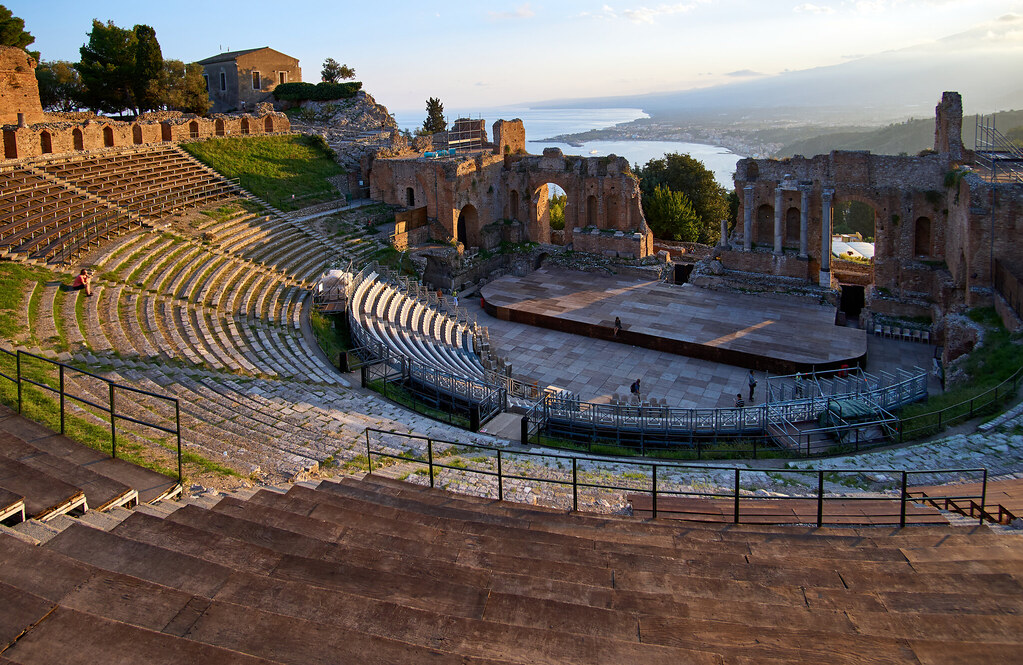Historic Landmarks of Sicily
Sicily is an island located off the southern coast of Italy, and is known for its rich cultural heritage and historic landmarks. Here is a short overview of some of the most notable historic landmarks in Sicily.
Cathedral of Monreale

Greek Theatre of Taormina

Palermo Cathedral

Norman Palace

Cefalù Cathedral

Villa Romana del Casale
Segesta Temple

Ursino Castle

Necropolis of Pantalica

